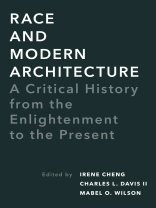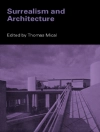Although race—a concept of human difference that establishes hierarchies of power and domination—has played a critical role in the development of modern architectural discourse and practice since the Enlightenment, its influence on the discipline remains largely underexplored. This volume offers a welcome and long-awaited intervention for the field by shining a spotlight on constructions of race and their impact on architecture and theory in Europe and North America and across various global contexts since the eighteenth century. Challenging us to write race back into architectural history, contributors confront how racial thinking has intimately shaped some of the key concepts of modern architecture and culture over time, including freedom, revolution, character, national and indigenous style, progress, hybridity, climate, representation, and radicalism. By analyzing how architecture has intersected with histories of slavery, colonialism, and inequality—from eighteenth-century neoclassical governmental buildings to present-day housing projects for immigrants—Race and Modern Architecture challenges, complicates, and revises the standard association of modern architecture with a universal project of emancipation and progress.
About the author
Irene Cheng (Editor) Irene Cheng is an architectural historian and associate professor at the California College of the Arts.Charles L. Davis II (Editor) Charles L. Davis II is an assistant professor of architectural history and criticism at the University at Buffalo, SUNY.Mabel O. Wilson (Editor) Mabel O. Wilson is the Nancy and George E. Rupp Professor at the Graduate School of Architecture, Planning, and Preservation and a professor in African American and African Diasporic Studies at Columbia University.












